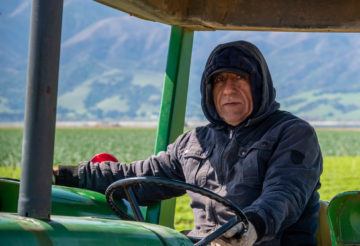by Mark Harvey

There are a number of videos circulating on the web that show angry white people screaming at Mexicans and Mexican-Americans to “Go back to where you came from!” It takes a special brand of stupid for, say, a Texan living in a town with a name like Llano located in Llano County to tell a Mexican or Mexican-American to “go back to where they came from.” For when you’re in Texas—a different spelling of the Spanish Tejas—in a county named Llano, which means plain or flat in Spanish, and in a town also named Llano for its flat ground, and you find yourself yelling at someone named Garcia or Gallegos to go home, you might be the one with the problem.
In a country with state names like Colorado, California, and New Mexico, and city names like Santa Fe, Amarillo, La Junta, and San Diego, it’s obvious that explorers, ranchers, store owners, priests, and law men had previous history in what is now Mexico. Our forebears were not just the ones who landed on the east coast after crossing the Atlantic, but also the ones who came up from south of the border, long before a border existed.
More than 200 years before the United States was even a gleam in the eye of one of our revolutionaries, Spaniards traveling up from what is now Mexico were exploring the southwest. In 1540, Francisco Vasquez de Coronado set off on a two-year exploration in search of the mythological seven cities of Cibola with hopes of bringing home gold and silver. Leaving the territory of present day Mexico, he traveled through what is now Arizona, New Mexico, Texas and possibly Kansas. On his trip he encountered the Grand Canyon but never found the promised gold and his trip was considered a failure. Read more »
